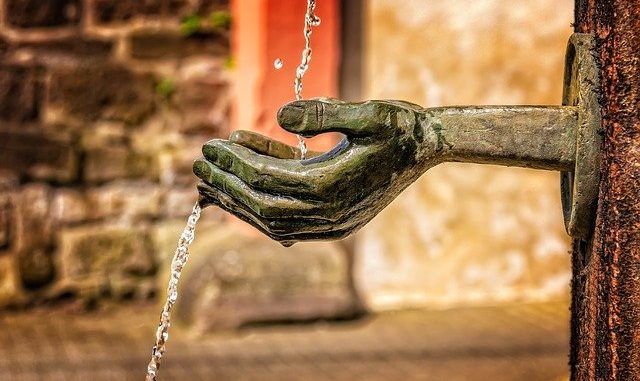
Cleaning your equipment for food manufacturing is a vital component in giving the consumer confidence that the food being produced is safe to eat. It is probably the most critical step of all in food manufacturing facility (Kulkarni et al., 1975). Cleaning-in-place (CIP) is one of those key processes and complements the overall cleaning strategy. It is characterised by the high degree of automation involved.
Since the 60s, all modern food manufacturing premises have introduced cleaning-in-place as part of an automation step. A number of other food industries also employ CIP operations especially in the pharmaceutical and clothing/textile industries.
CIP processes need to be optimised to avoid wasting water, cleaning agents and disinfectants because the process has a considerable economic and environmental impact in the long term. The burden on the environment is well documented (Lyndgaard et al., 2014) with these researchers looking at the performance of whey filtration membrane systems and how cleaning could be improved.
Benefits
CIP is usually quicker, less labour-intensive and repeatable. There are economies of scale including a reduction in the use of toxic cleaning chemicals.
The equipment being cleaned very often does not need removal or disassembling of piping. Inspection ports and particular valves may need manual adjustment but it is very much a hands-off process.
Reproducibility means that mistakes are minimised. Automatic cleaning systems remove or reduce the chances of human error which can be a major cause of unsafe products.
Efficiencies in production time because there is less time spent in cleaning and more time spent making product.
Utility efficiencies mean that energy, water and chemicals used are reduced.
Employee safety because of a lowered risk of cleaning chemical exposure. All chemicals used are held within the system and the employee need not come into contact with any part of the system using such agents.
References
, , & (1975). Evaluation of soil deposition and removal processes: an interpretive review. Journal of Dairy Science, 58(12), pp. 1922–1936 (Article).
, , , , & (2014). Moving from recipe-driven to measurement-based cleaning procedures: Monitoring the Cleaning-In-Place process of whey filtration units by ultraviolet spectroscopy and chemometrics. Journal of Food Engineering, 126, pp. 82–88 (Article)
Leave a Reply